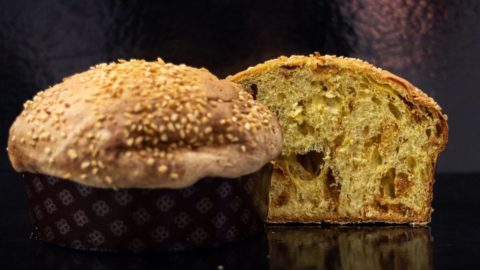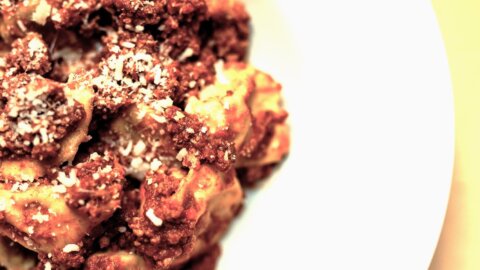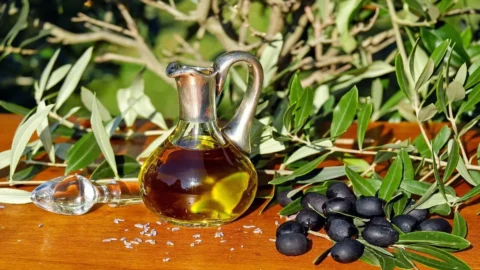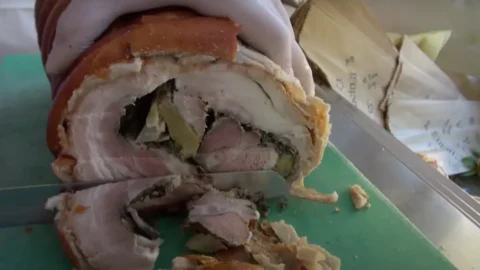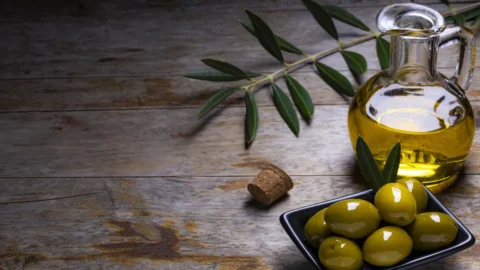Few people know that in Friuli there is a flourishing cultivation of peanuts. The properties of the seeds of the plant, discovered by the conquistadors in Brazil, were described in 1520 by the Spanish naturalist Fernando de Oviedo who praised their many nutritional qualities especially for feeding the crews of ships facing the long ocean navigation. For this reason they were called first espagnolette, in honor of their discoverers. Gradually they had other denominations such as American peanuts and cacauetti. Finally, today they are called peanuts by everyone.
From all or almost all because the Friulians have distinguished themselves from the universe and have called them Bagigi. The etymology is very uncertain, there are those who even resort to the Arabic endings 'ḥabb' berry, cuddle' and 'azïz' renowned, valuable'. But how this then arrived in Friuli is a bit of a mystery.
Be that as it may, the peanuts-bagigi, grown in Friuli after numerous experiments, are a seed with a thousand qualities. When we consume them as an aperitif, we actually stock up on vegetable proteins, vitamin B, vitamin E, mineral salts and fatty acids. They also contain a good amount of Niacin which promotes cell respiration, promotes blood circulation e acts as a skin protector.
Ai Bagigi, Simone Bortolus, owner with his brother Marco, of the Dolcevita pastry shop in Codroipo, little more than thirty years old but already renowned master pastry chef, who has won numerous international pastry competitions in Italy and abroad, has dedicated one of his original creations, the Pan Gigio, a name that summarizes, even in the sound of the pronunciation as well as in the combination of the two roots, the happy encounter between the classic panettone from Lombardy and Bagigi from Friuli.
We are not at the "Famolo Strano" of Verdonian memory but at a precise gastronomic philosophy of the Chef patissier of Codroipo, that of declining the classics of the pastry by combining them with the products of his land.
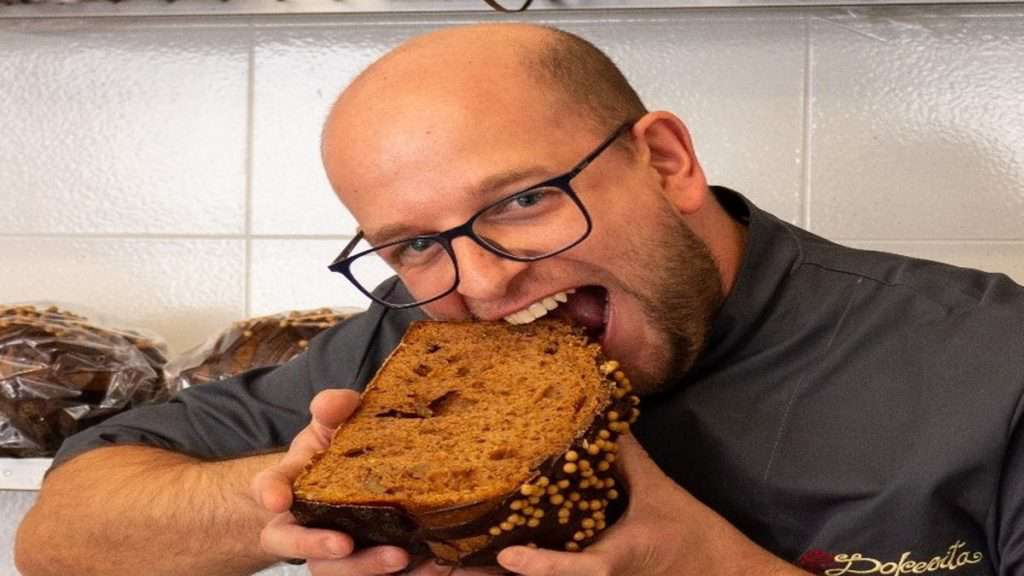
Originality can be considered the descriptive feature of Chef Bortolus' concept of pastry, the result of the experiences gained in his professional life so that alongside traditional desserts we can find an innovative panettone with gianduia, walnuts, pears and chocolate, 72 hours of leavening, of absolute gluttony, as can be found in a creative savory line, linked to the territory, of Panettoni with speck and Montasio or even Pitina della Val Tramontina
Graduated from the professional pastry and bakery center in Cividale del Friuli (UD), Simone Bortolus put into practice what he had learned at the four-star Hotel Airone in Caorle (VE) as manager of the pastry department.
The hotel chef, Orlando Scaggiante, president of the GDA, a vegetable carving group that participates in national and international events, in his first year of work called him to the team as a pastry chef and immediately took part in the cooking and pastry world championships in Luxembourg winning the bronze medal.
In 2007 he was part of the Italian under 24 bakery team together with Simone Rodolfi trained by the world champion of bakery Ezio Marinato, an important and fundamental experience for dealing with the techniques and creativity of pastry schools from various parts of the world.
The following year in 2008 he took part in the European cuisine and pastry competitions in Klaghenfourt (Austria), presenting a chocolate sculpture and won the bronze medal. and at the world baking championships in Lyon, once again winning the bronze medal. Gold arrives the following year when he wins the gold medal at the Treviso international competition and silver at Klaghenfourt where he presents a chocolate sculpture.
Pastry teacher in the hotel school of Caorle (VE) Bortolus carries on in his pastry shop in Codroipo now known everywhere - the Corriere della Sera judged one of his panettone among the ten best in Italy in a Christmas report - both the classic and innovative ones.
And this year one of his savory panettone conquered the third podium in the section of innovative sweets in the competition a Mole di panettone which took place in Turin.
And here is his recipe for First&Food readers to bring a panettone with an original imprint to the festive table while remaining a pastry classic that nevertheless remains in line with the classic Milanese tradition.
The Pan Gigio recipe
Ingredients for two 1 kg panettone.
First dough
150 g sugar
100 g water
10 yolks
200 g natural yeast
450 g Manitoba flour
100 grams water grams
250 grams soft butter
Second dough
150 g manitoba flour
4 yolks
75 g sugar
20 grams honey
12 grams salt
100 grams of Friulian peanut paste
150 g cream
150 drops of salted caramel
150 g caramelized white chocolate drops
Procedure:
Work the first 5 ingredients of the first dough well, then add the water and butter in sequence, which must be at room temperature.
One piece of advice I can give you is to weigh all the ingredients a few hours before, so that they all have the same temperature.
Then put the dough in a warm container and triple the volume (about 12/15 hours).
The ideal temperature would be around 26/27 degrees, if you have lower temperatures, it will only take longer to rise, but the important thing is that before kneading it again, it has tripled in volume.
Once leavened, add the flour from the second dough and mix well, until the mass becomes smooth. Add the rest of the ingredients one at a time and in sequence, always at room temperature.
If when kneading, towards the end you feel that the dough is very hot, pour the cold cream instead of adding it at room temperature.
To make peanut paste, you just need to put the peanuts in the cutter and grind them until they become a paste, at which point it's ready.
To make the salted caramel drops, melt the sugar with a spoonful of water and 2g of salt, bring to the boil and let go until it turns caramel-coloured. Pour onto baking paper and once cold, chop.
Caramelized white chocolate can be found on the market, alternatively you can use white or milk chocolate drops.
Leave the dough to rest for an hour, divide in two and form a ball.
Place inside the panettone mold and let it rise until the dough almost reaches the edge of the mould.
Bake at 170° for an hour for a 1 kg panettone.

